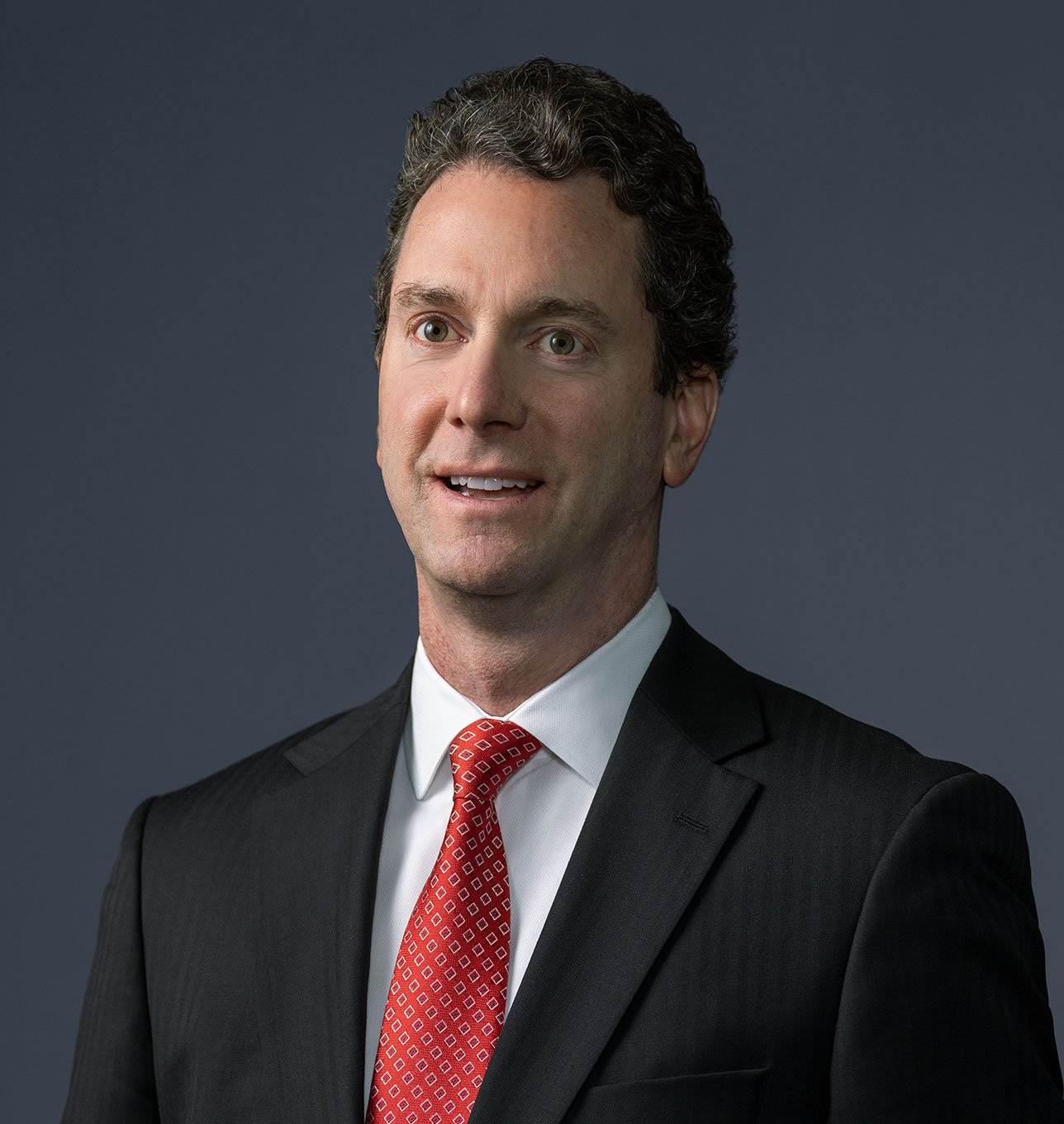New York’s Permanent Paid Sick Leave Law Takes Effect
Employers in New York should be mindful of the state’s new sick leave law, New York Labor Law § 196-b, which took effect on September 30, 2020. Under this new law, employees of most employers (except for certain small employers) will accrue 1 hour of paid sick time for every 30 hours they work unless employers choose to implement a more employee-friendly policy.
The law provides that current employees began to accrue sick leave on September 30, 2020, while new hires begin to accrue sick leave at the commencement of their employment. Employees who have accrued sick leave under the law may begin using the accrued sick leave on January 1, 2021. Employers may set reasonable minimum increments of sick leave so long as such minimums do not exceed 4 hours.
Section 196-b permits employers to cap the accrual of paid sick leave, with the caps varying depending on the size of the employer. Specifically, employers with 100 or more employees must provide each employee with up to 56 hours of paid sick leave each calendar year. Employers with 5 to 99 employees must provide employees with up to 40 hours of paid sick leave each year. So too must small businesses that have 4 or fewer employees if their net income exceeded $1 million in the preceding tax year. Employers with 4 or fewer employees who do not meet this net income threshold still must provide up to 40 hours of unpaid sick leave to their employees in a calendar year.
Accrued sick leave may be carried over into the next calendar year, but an employer may cap all accrual at the number of hours set forth above. The new law does not require employers to pay out accrued but unused sick time to employees upon termination.
Employees may request paid sick leave orally or in writing and can use the paid time for a number of purposes, including to:
- Recover from a physical or mental illness or injury;
- Seek medical diagnosis, treatment or preventative care;
- Care for a sick family member or seek medical treatment, diagnosis or preventative care for a family member; or
- Attend to needs arising when an employee or family member is a victim of sexual or domestic violence, stalking or human trafficking.
Unlike the New York Emergency Paid Sick Leave that was enacted on March 18, 2020, during the early stages of the COVID-19 pandemic, the sick leave provisions set forth in Section 196-b are intended to be permanent. Further, employers that already provide paid time off that meets the requirements of Section 196-b are not required to provide additional time off.
It also is noteworthy that Section 196-b does not preempt or restrict the New York City Earned Sick and Safe Time law to the extent that the city law meets or exceeds the requirements of the state law.
Employers must, within 3 business days of an employee’s request, provide the employee with a summary of the amounts of accrued and used sick leave by the employee in the current calendar year and/or any previous calendar year.
Employers also may not discharge, threaten, penalize, or in any other manner discriminate or retaliate against an employee for exercising his or her right to request and use sick leave under the law. Further, upon an employee’s return to work following the use of any sick leave under Section 196-b, the employer must restore the employee to the position the employee held prior to taking leave, with the same pay and other terms and conditions of employment.
Section 196-b also permits parties to a collective bargaining agreement to negotiate different terms of paid sick leave than those set forth in the statute, provided that any such agreement specifically acknowledge the provisions of the statute.
The New York State Department of Labor has authority under Section 196-b to adopt regulations and issue guidance to effectuate the statutory requirements. We anticipate that the department will provide further guidance on and clarification of the permanent paid sick time law through regulations.



